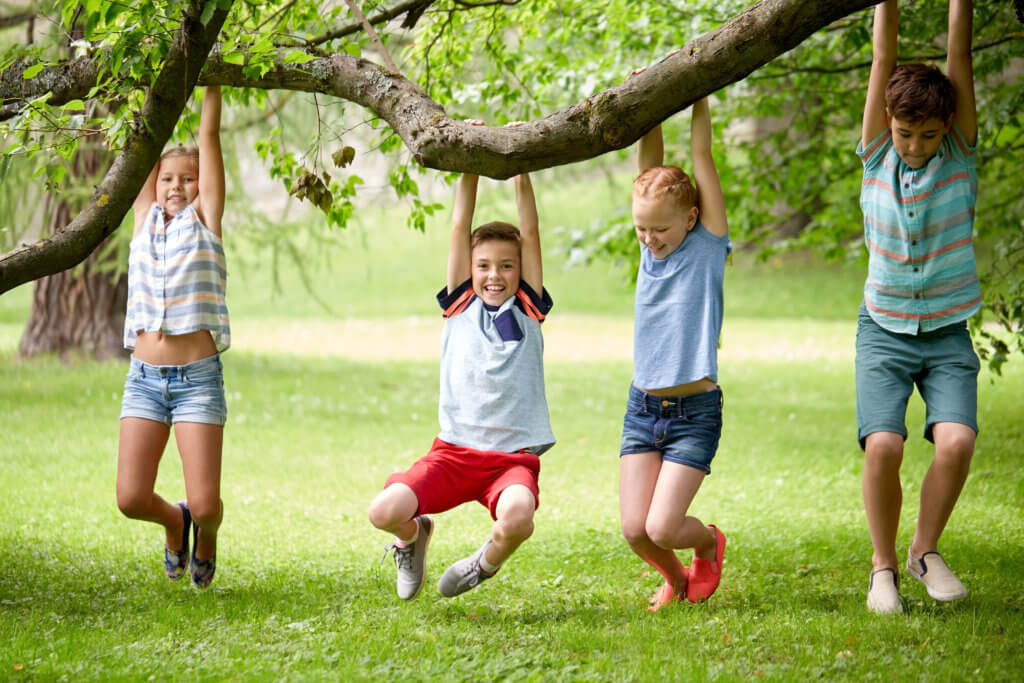Does your child struggle with social learning expectations? Do they seem to do the wrong behaviors, but you do not want to scold them for it?
For children who struggle with social learning cues, it may help to use different terminology. You may use words like “inappropriate” or “appropriate” to tell your child that their behavior was not okay. Children with ADHD and Aspergers may struggle to pick up on social cues such as: reading the room, body language, and facial expressions. This may result in them not knowing how to respond to social situations. When you teach your child the “correct” or proper way to behave in certain situations, we recommend you say “this is what is expected of you in a situation like this.” By using “expected” and “unexpected”, you help shape their minds about social learning. They will be able to interpret situations by what expectations are to be upheld in certain settings such as: the classroom, at home, on vacation, and at a friend’s house. You can describe expected behavior as a behavior that is socially normal and anticipated as well as desired, while unexpected behaviors are behaviors that are out of the norm or unwanted. In reality, you are prepping them for success in situations that previously may have gone in an uncomfortable way (for the parents and child).
Your child may have some confusion as to why their friend or an adult treats them a certain way or why their actions can evoke certain behaviors from other people around them. It may help by explaining to your child why they get certain reactions out of the people around them. You can open up the conversation by asking them how they wished the person would have responded. That way you can grasp what your child was thinking in the moment. Then you can add in ‘expected behaviors’. You expected they were going to do/react like this! And they did something different. You can describe their initial behavior as “unexpected’ opposed to saying “that behavior is wrong”. The goal is to teach your child how their behaviors can evoke emotions, behaviors, and consequences from other people. This encourages your child to look further into social situations and develop an understanding for expected and unexpected behaviors.
You can also help teach your child about expected and unexpected behaviors by using a scenario that does not involve behaviors. Try giving them a scenario about what they would expect when going to their vacation spot like the beach. Ask them what they would expect to see, hear, smell, and feel. Then go on to ask them what emotions they would feel when they arrive at the beach. After setting up the scenario, tell them that the beach was closed off for an art contest. The art contest would be unexpected at the beach. Ask your child how that would make them feel. Discuss the emotional change with your child. Describe what was expected of the beach and describe what was unexpected. It does not necessarily mean that the unexpected was wrong, but that it was out of the norm. After your child has grasped the concept, try introducing how behaviors can be expected and unexpected. You can continue to implement this through books and videos. Show your child their favorite movies and ask if their favorite characters showed expected or unexpected behaviors. This will help solidify their understanding to help them implement it into their daily life. These are just a few ways to teach flexible thinking. Another way we love to suggest is social skills groups! They are a great way to get real time practice on handling the unexpected.
Want to learn more? Check out the original webinar from SocialThinking

